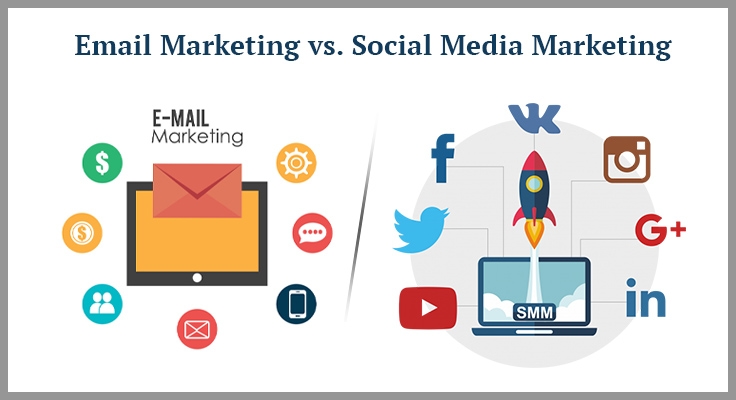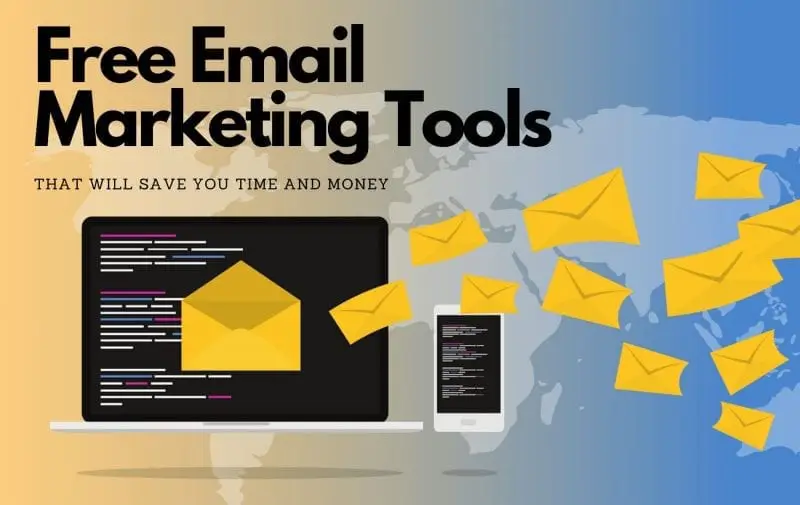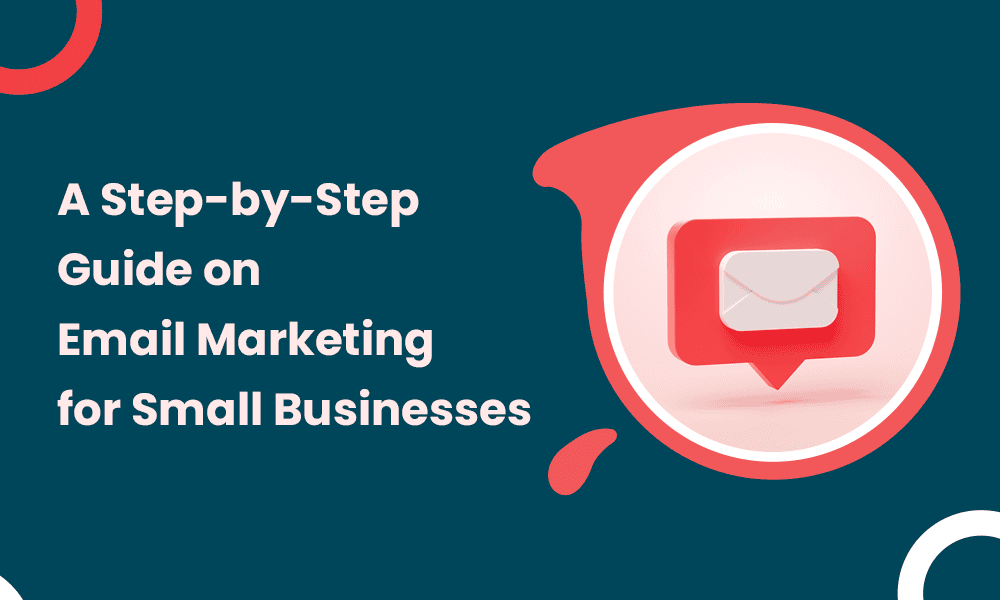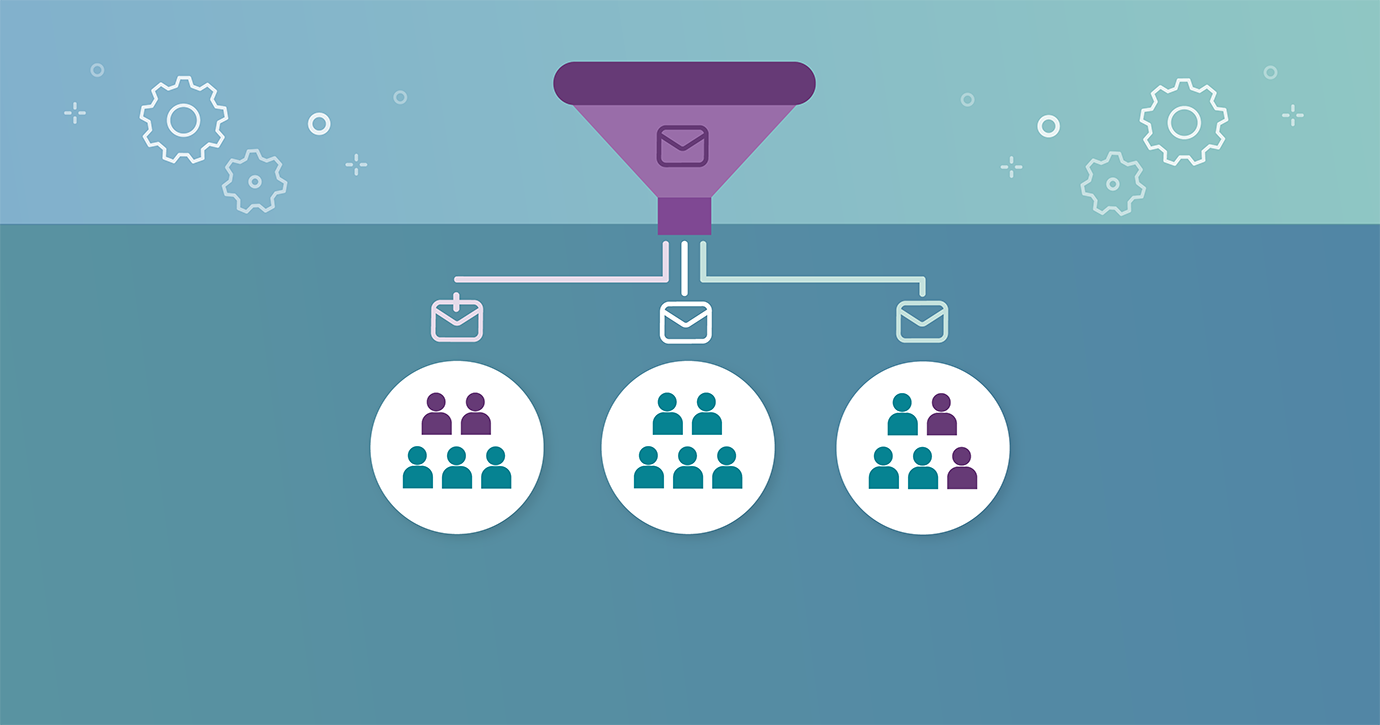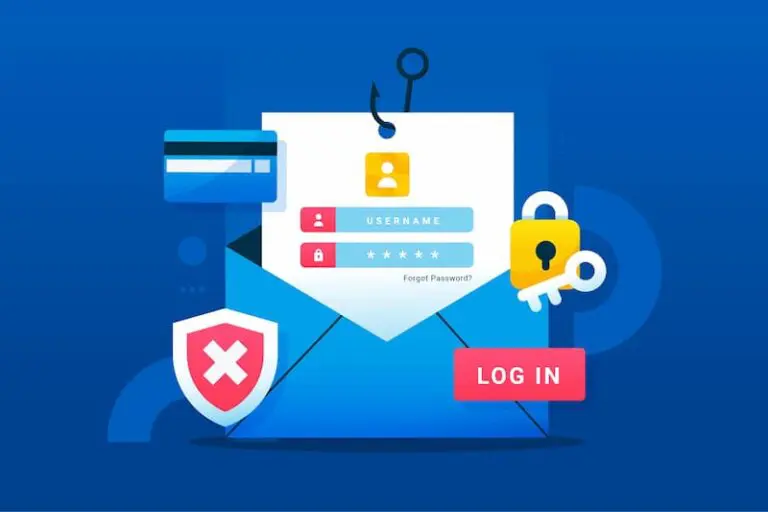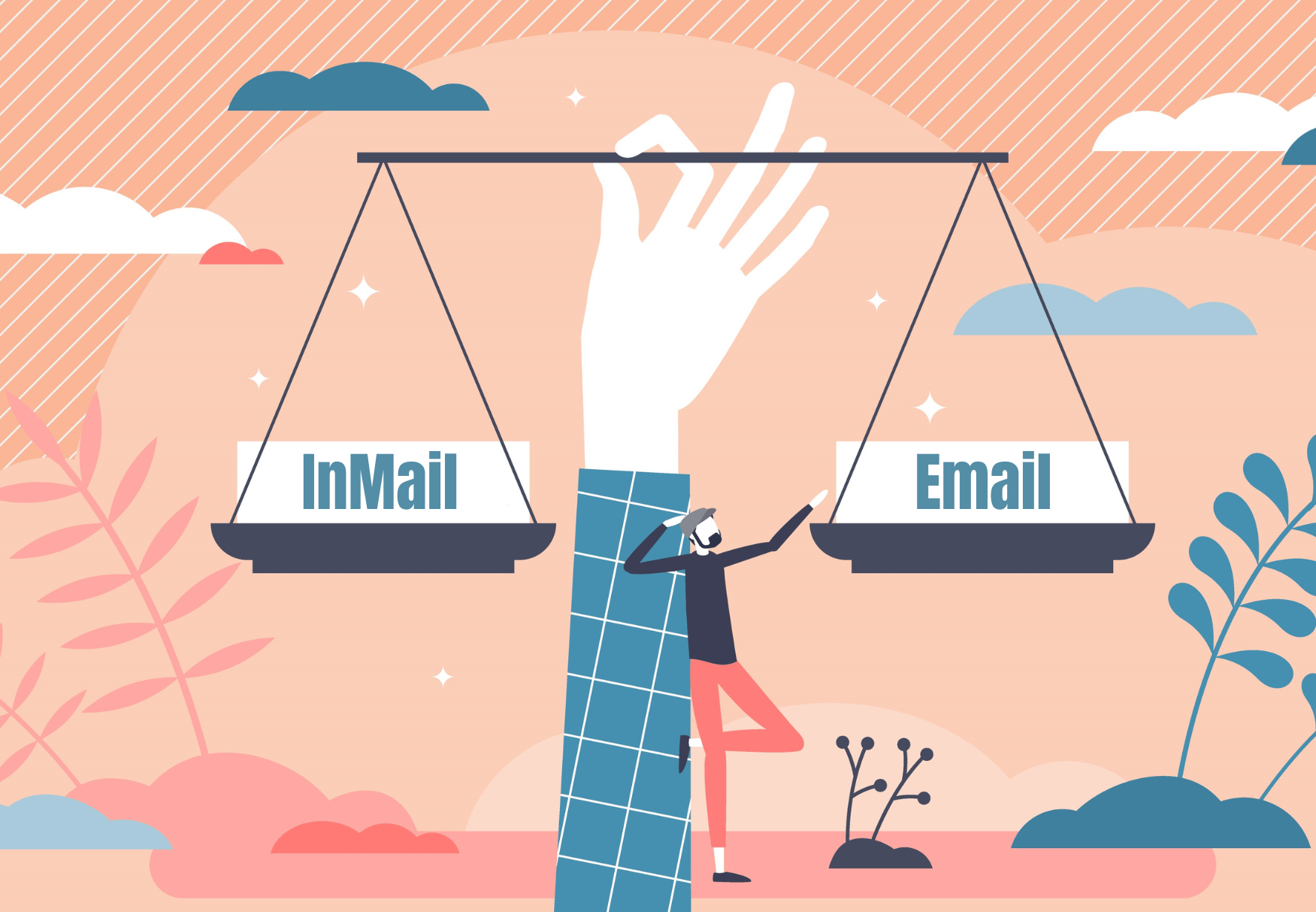Email marketing is often underestimated. It’s been around for decades, and that longevity sometimes leads people to think it’s outdated. But here’s the truth: email remains one of the most effective, reliable, and profitable marketing channels out there.
So if you’re struggling to get buy-in from your boss, clients, or executive team, this guide is for you.
“I know email marketing works — but no one’s giving me the time or resources to do it right.”
That’s one of the most common frustrations we hear. And we get it. Email feels familiar — even “old school” — compared to the fast-moving world of social media, TikTok trends, or AI-driven ad platforms. But familiarity doesn’t mean ineffectiveness. In fact, email consistently delivers results in ways newer platforms can’t.
Whether you’re working in-house or at an agency, the challenge is clear: how do you convince decision-makers that email marketing is still worth the investment?
Why email still matters in a fast-moving digital world
In an era where social algorithms change weekly and ad policies grow more complex, email marketing remains a steady hand. Unlike social media, where platforms decide who sees your content, email is direct. You’re speaking to people who’ve given you permission — and that kind of opt-in relationship is incredibly powerful.
It’s not just about broadcasting messages. Email allows you to build authentic, one-on-one relationships that no algorithm can filter out. And in a world saturated with noise, that’s priceless.
Just how valuable is email marketing?
Let’s talk numbers. Email marketing boasts an ROI of 3600% to 4400%. That’s $36–$44 earned for every $1 spent. No other marketing channel even comes close to those returns.
This isn’t just theory — businesses of all sizes, from startups to enterprise giants, continue to see these results. And unlike some digital strategies, email is easy to get started with. Even basic automation can make a huge impact.
What makes email so effective?
Let’s break it down.
1. It’s easy to personalize
With email, you’re not blasting out the same message to everyone. You’re segmenting, tailoring, and automating messages based on behavior and preferences — sending the right message to the right person at the right time.
2. It reaches people where they are — on mobile
Nearly 85% of users check email on their smartphones, and with over half of internet traffic coming from mobile, it’s one of the most reliable ways to meet your audience where they already are.
3. It integrates seamlessly into your broader marketing strategy
Email doesn’t live in a vacuum. It supports content marketing, SEO, PPC, and social. You can run campaigns that tie everything together — reinforcing messages across channels for maximum impact.
4. It’s cost-effective
Email is inexpensive compared to most paid channels. Outside of your email service provider and the time spent writing, you can send as many campaigns as you want — whether it’s a welcome email, a product launch, or a re-engagement sequence.
5. It’s easy to track
Want proof of what’s working? Email gives it to you. Open rates, click-through rates, unsubscribes — all instantly accessible in your dashboard. With the right integrations, you can even track purchases from each campaign.
Addressing Common Questions and Pushback
“Why should we spend more time and money on email?”
Because email delivers. It reaches people in their inbox — a place they check dozens of times a day — and has one of the highest ROIs in marketing.
It’s also one of the few channels where your audience actively opts in. That’s a level of commitment you won’t get from a social follow or a casual website visitor.
“Can’t we just rely on social media?”
Social media plays a role, but it can’t do what email does. An email subscriber is far more engaged than someone who scrolls past a post. And studies show email drives more conversions and higher average purchases than social media.
But you don’t have to choose one over the other. Email and social can — and should — work together. For example, using email to promote your social channels, or using social to grow your list.
“How do I know it’s email driving the results?”
Look at your data. If your ESP integrates with your e-commerce platform, you can track purchases and revenue per campaign. Even without that, you can spot trends in traffic and sales after an email send.
Yes, sometimes email plays a supporting role in a broader campaign. But even then, it’s often the trigger that sets everything in motion.
“People ignore most of their emails — why would ours be any different?”
True. But think about the emails you always open — the ones you trust, the brands you love. That’s your goal. With personalization, smart segmentation, and consistent value, your emails can become the ones people actually look forward to.
